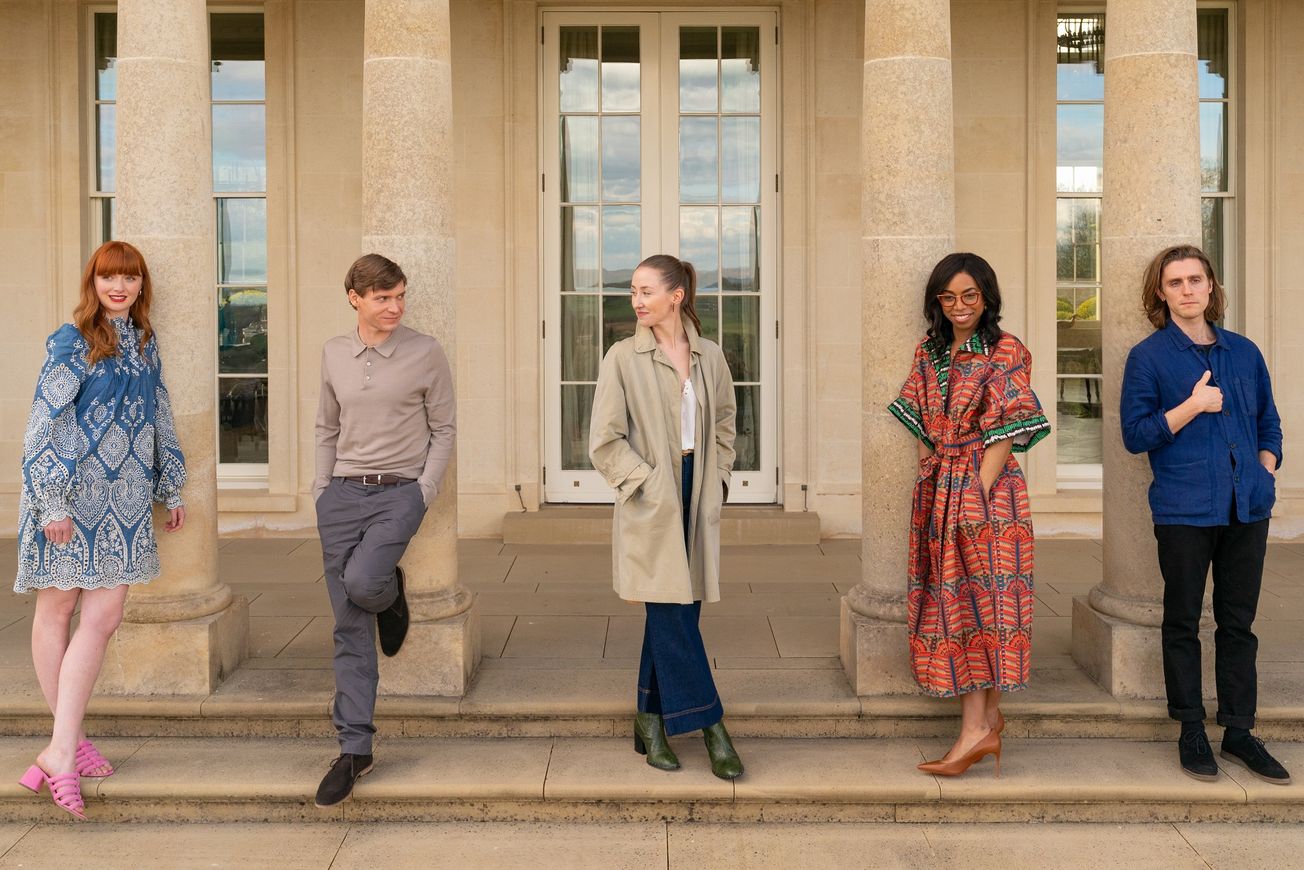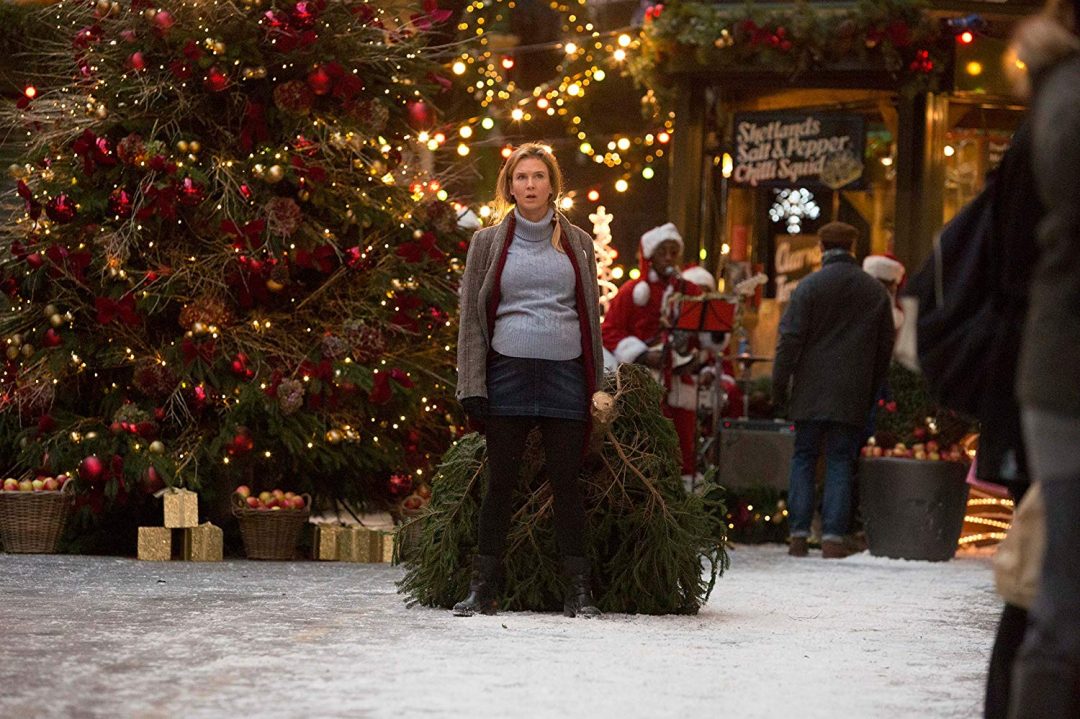By Evelyn Heis, Film & TV Columnist
Urban legend ‘Candyman’ has been summoned after 29 long years, appearing on the big screen as a twenty-first-century remake by Nia DaCosta, alongside producer Jordan Peele. Candyman (2021) is a direct sequel to Bernard Rose’s 1992 slasher-horror of the same name, told through a modern-day narrative that expands on the original backstory of the spirit, hook-for-a-hand, serial-killer, Candyman.
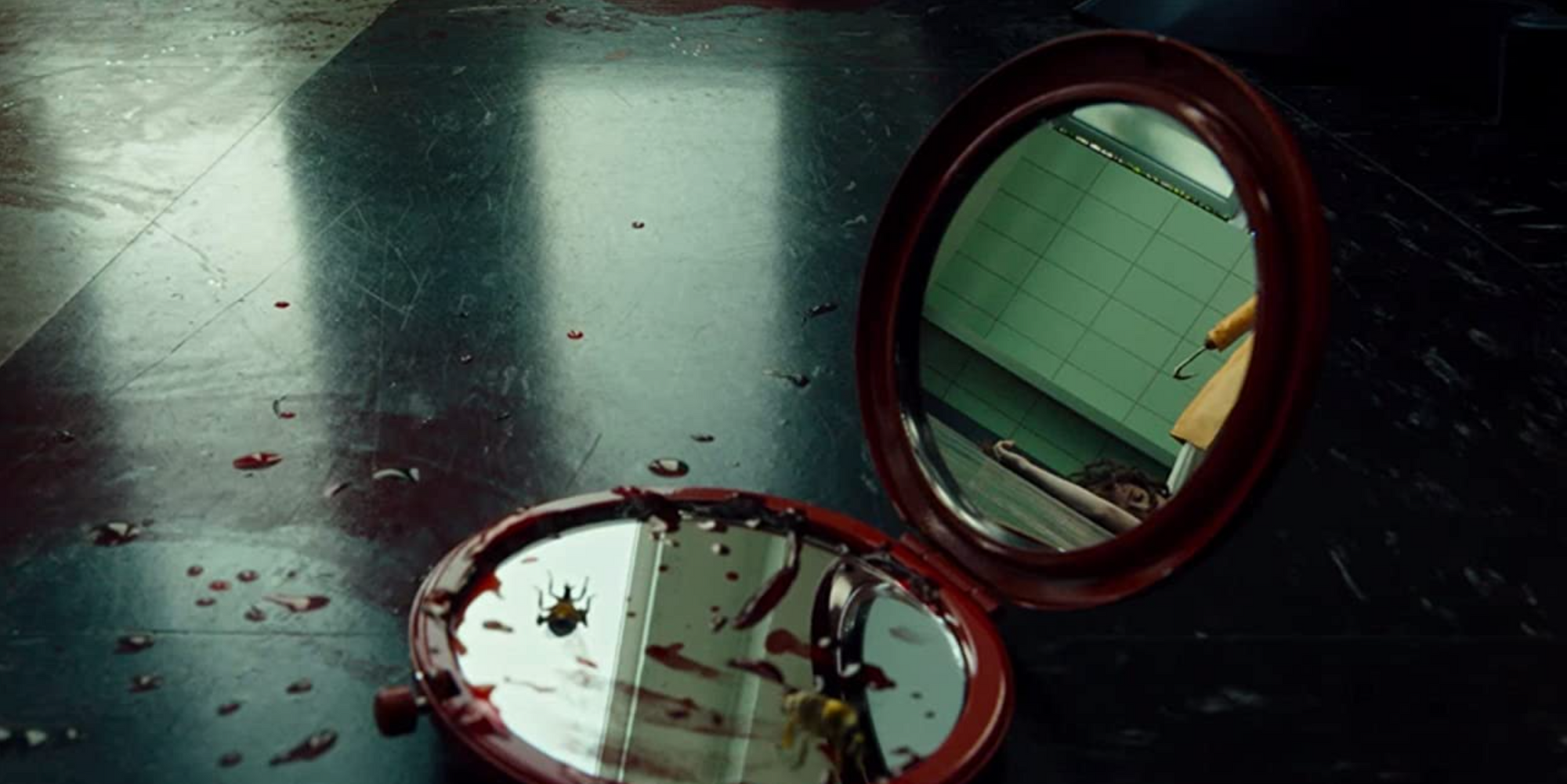
Set in what once was the neighbourhood of Cabrini-Green, the story follows emerging artist Anthony McCoy (Yahya Abdul-Mateen II), and his art gallery director girlfriend, Brianna Cartwright (Teyonah Parris), whose lives are turned upside down upon learning about the urban legend of Helen Lyle: the woman responsible for the 90’s Cabrini-Green House Project massacres, kidnapping and bonfire, as seen in the original film. Desperate to be inspired for his artwork, Anthony ventures into what remains of the gentrified Cabrini-Green and centres his art project around the urban legend of Candyman, unknowingly opening a dangerous can of worms.
After a long year of streaming films at home, it was great, and almost surreal, to be able to experience a horror film in its scariest form: inside a dark auditorium with surround sound systems, completely cut off from the outside world. Prior to entering the cinema, I questioned how this film would take shape as a horror, given that almost everything has been done before, and how Nia DaCosta would follow in the footsteps of the original.
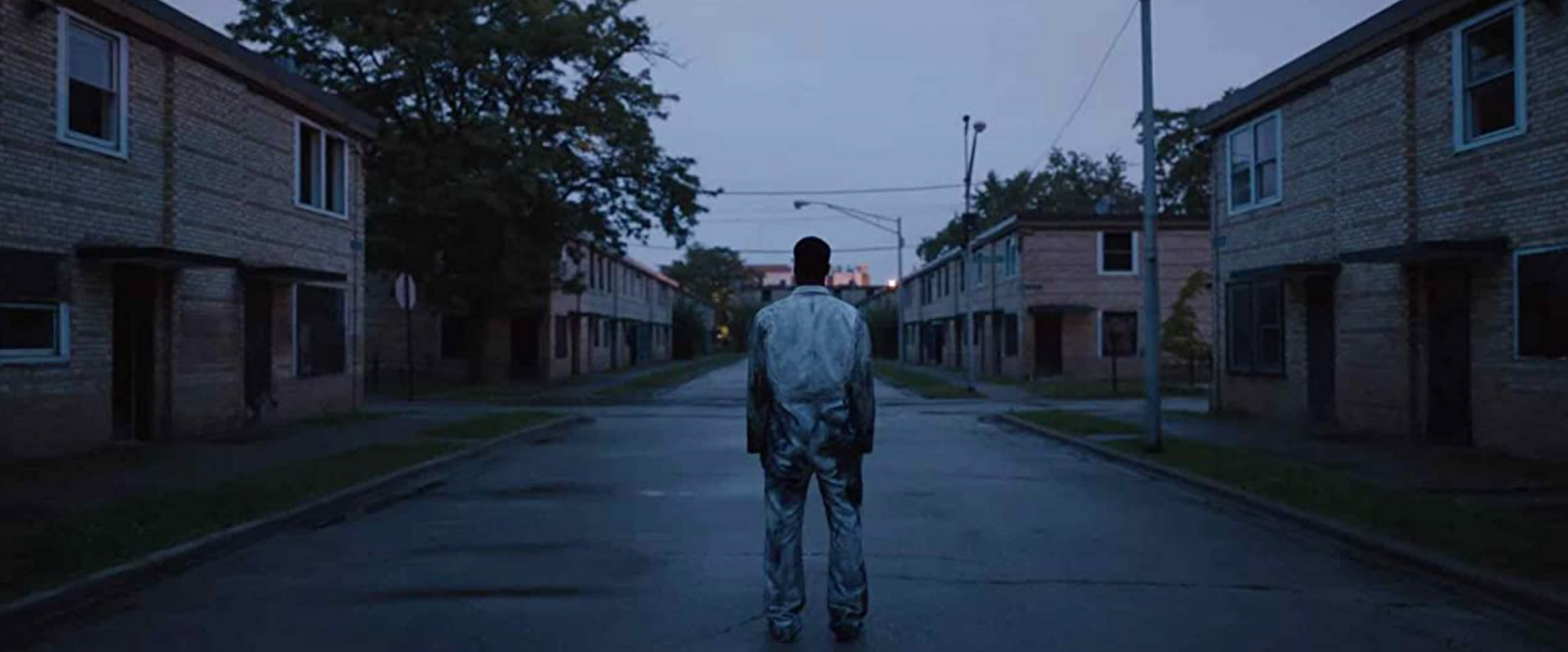
The truth is that it’s hard to scare a 21st-century audience. As a society, we are extremely desensitised to the immoderate violence and hatred that we witness on a day-to-day basis. What can a fictional horror film depict that we haven’t already witnessed in real life? And yet, keeping this in mind, I think that is exactly what incited DaCosta and Peele’s production- using the atrocities of the real world, such as police brutality and racial oppression, as a way to evoke modern-day horror and truly shake someone to the core.
DaCosta’s Candyman is a social commentary on the reality of the world around us. I found it very hard to separate the faces of George Floyd, Breonna Taylor, Eric Garner, and all of the countless victims of racial injustice and police brutality, from the African-American victims of Candyman. As an emblem of racial injustice, Anthony’s art-project labelled, ‘Say My Name’ leans into Candyman’s position as much more than just a slasher villain and shines a light on the white oppression within the gentrified city of Chicago.
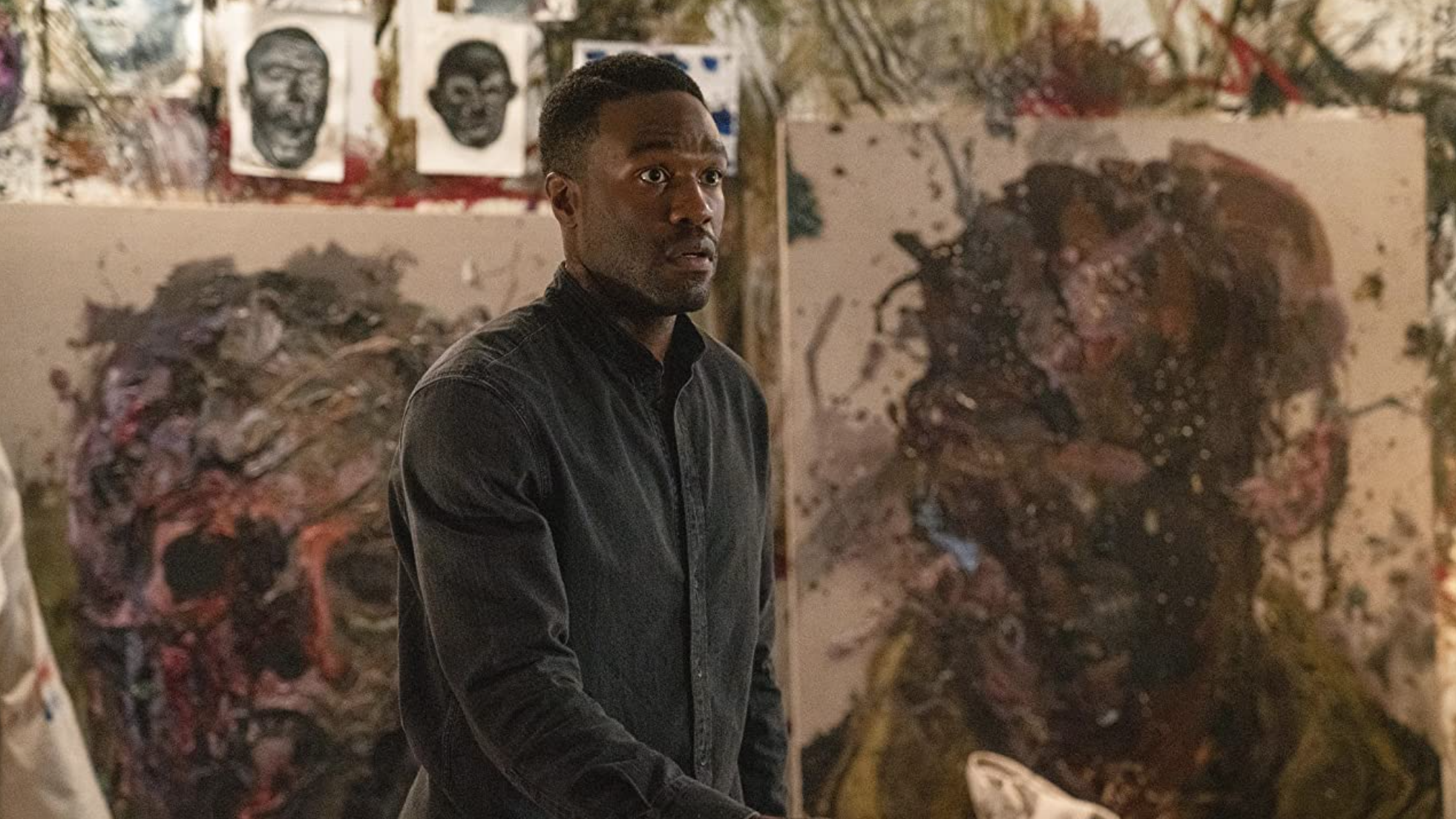
The film’s slow-burning nature, alongside eerie shadow-puppet cinematography, and superb performances by the lead cast, truly drives the fear felt by the audience. Candyman is filled with an unsettling and increasing sense of anxiety as the supernatural murders that take place are directly associated with Anthony’s unhealthy obsession with the events of Cabrini-Green. It is his lack of sanity and sudden mental decline, however, that installs this chilling element of horror all the way to the end.
Candyman is an enthralling and politically motivated horror film that should be recognised for its ambitious, and successful, endeavour to contribute to the modern-day horror genre, using current events in our society to evoke fear.
Featured Image: IMDB
Say Candyman 5 times in the mirror. We dare you.



